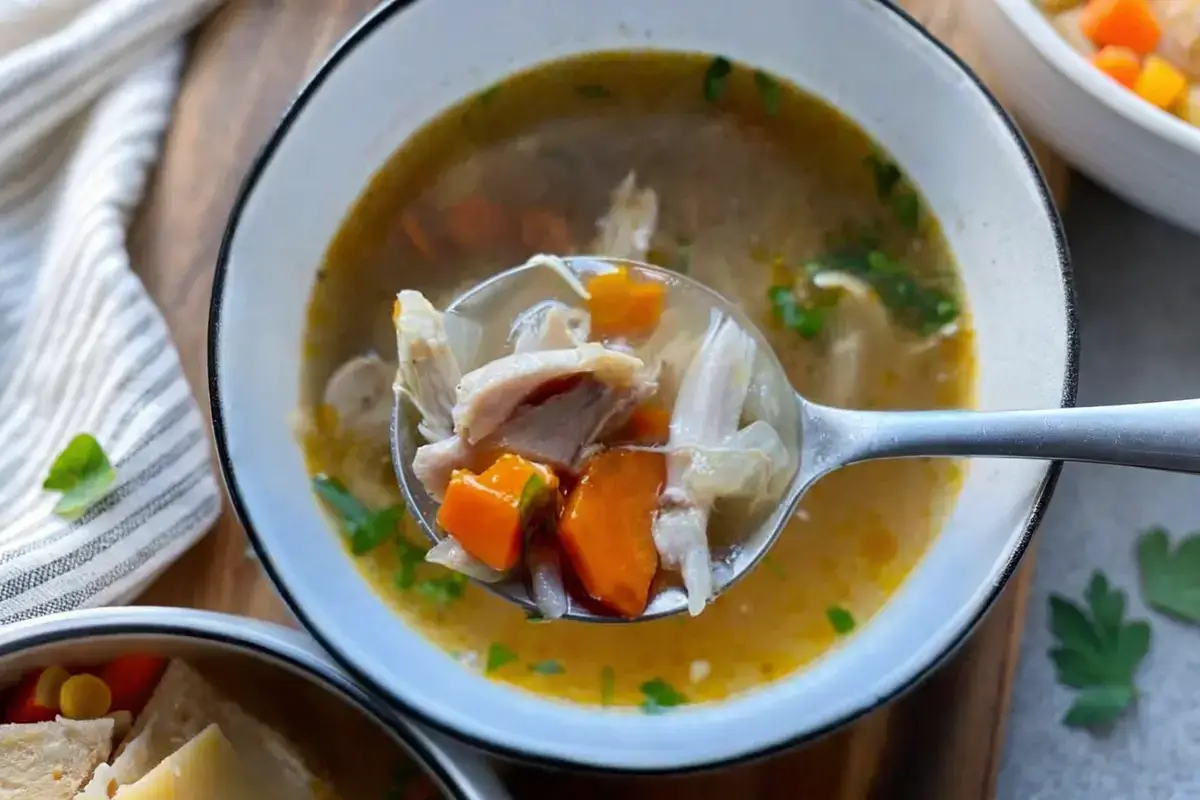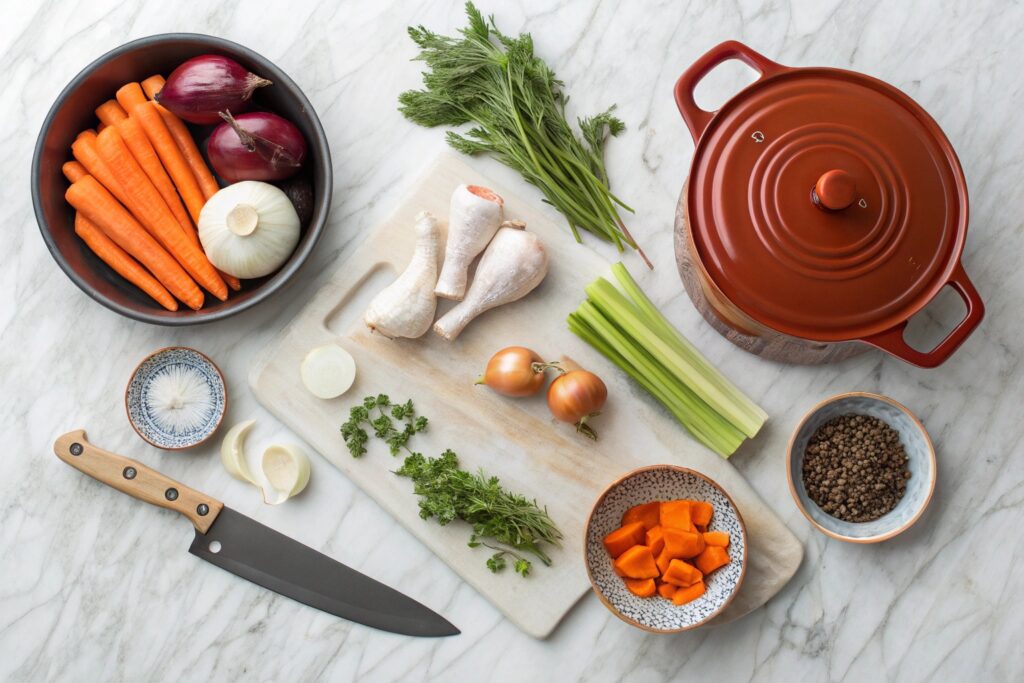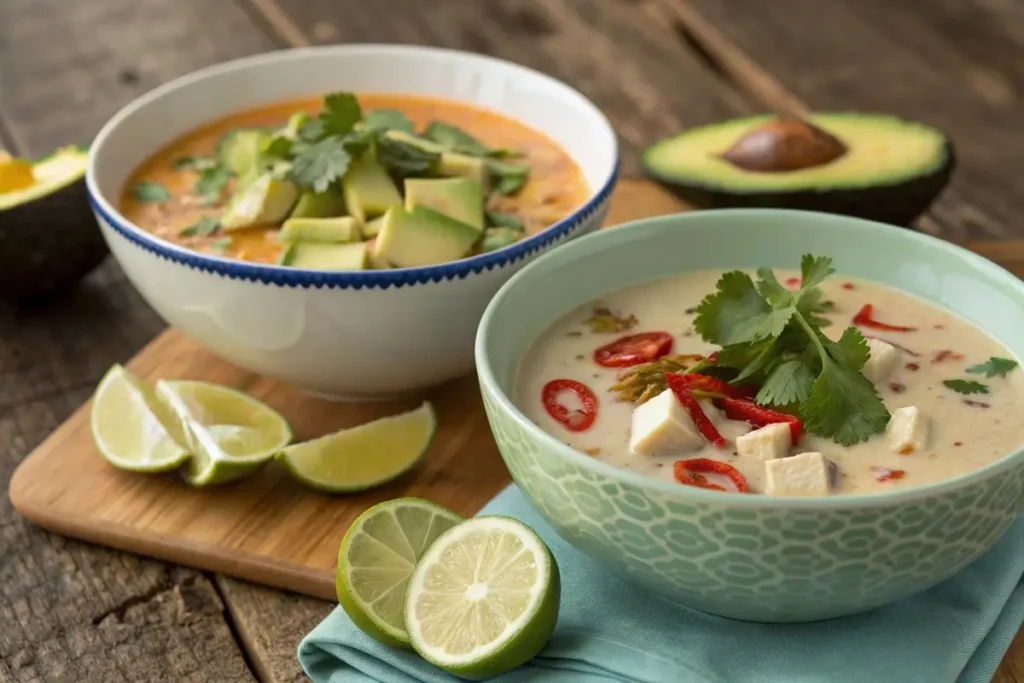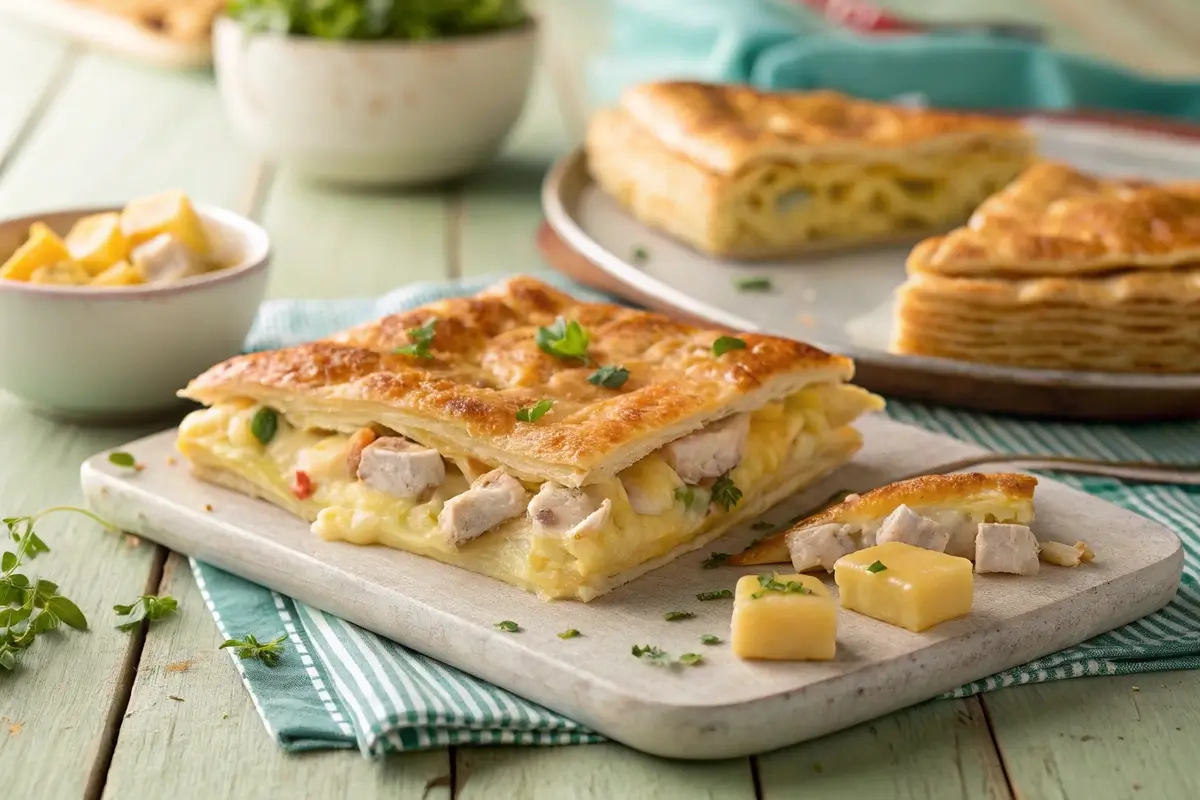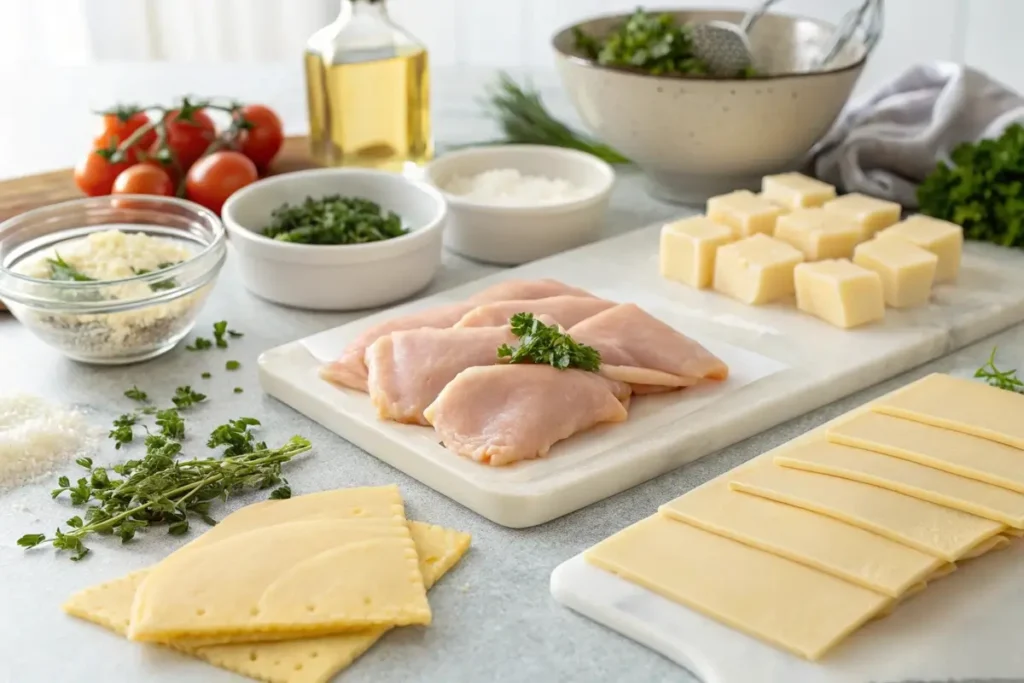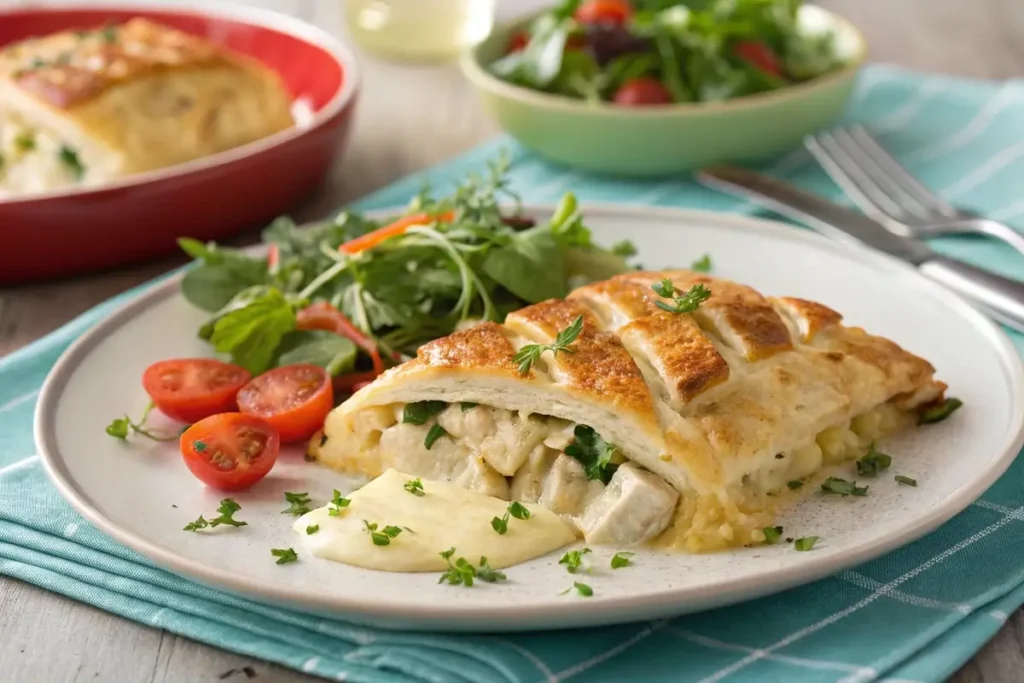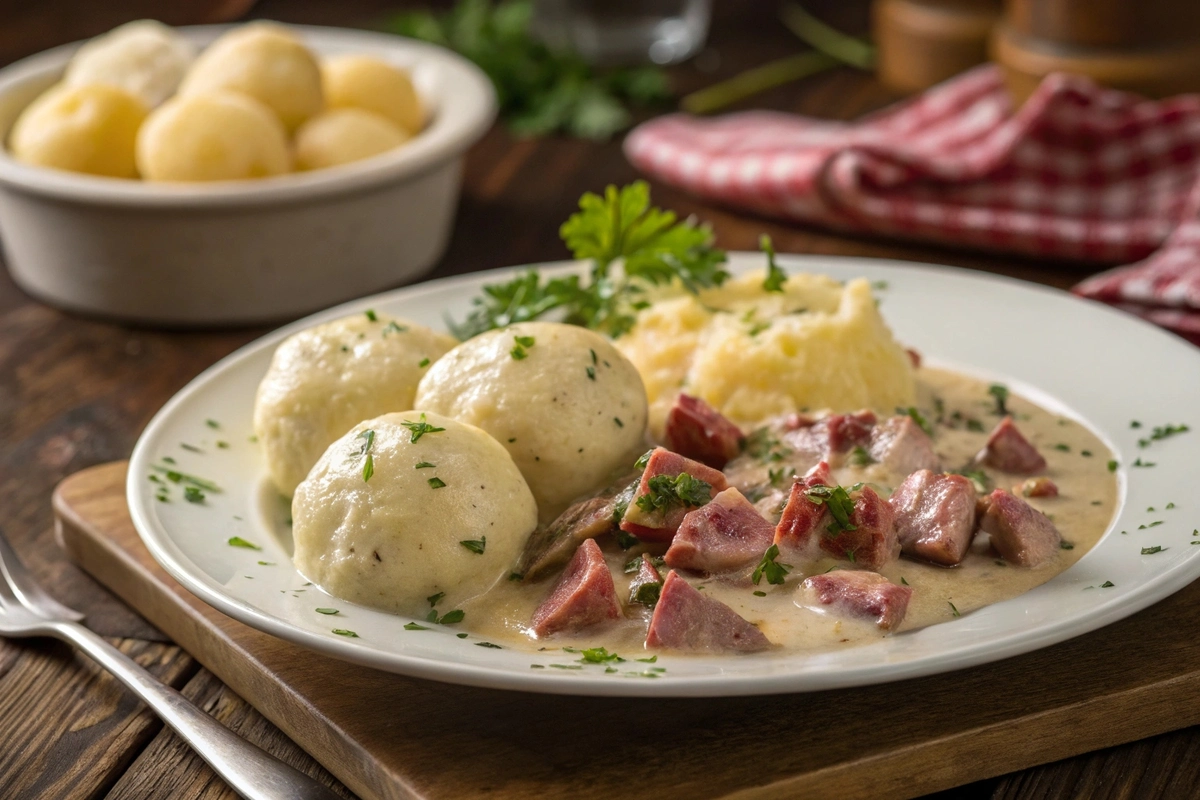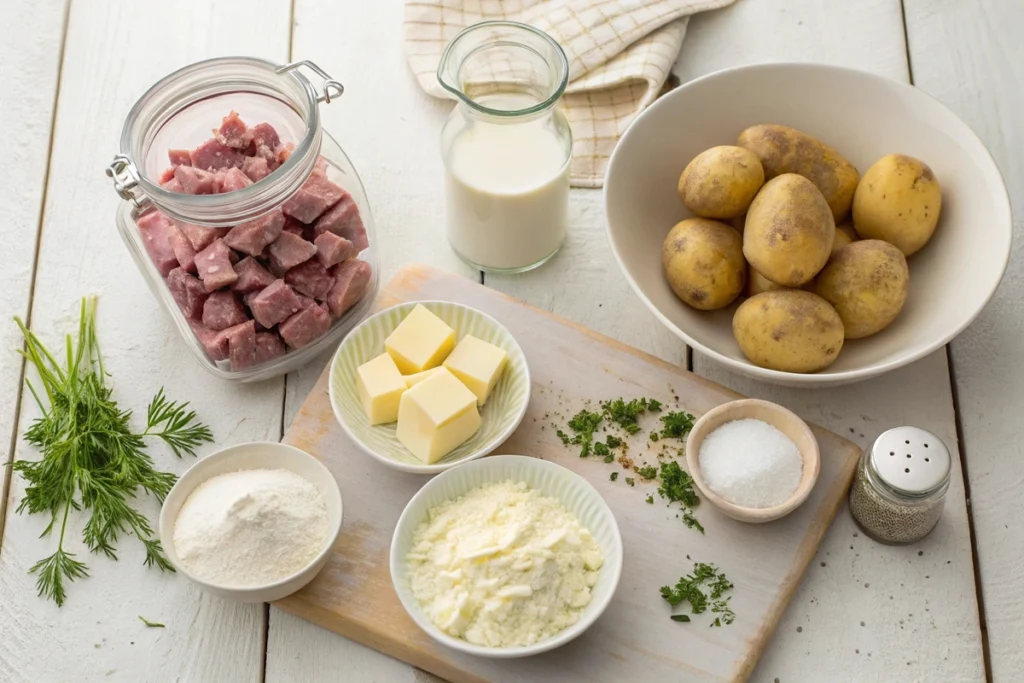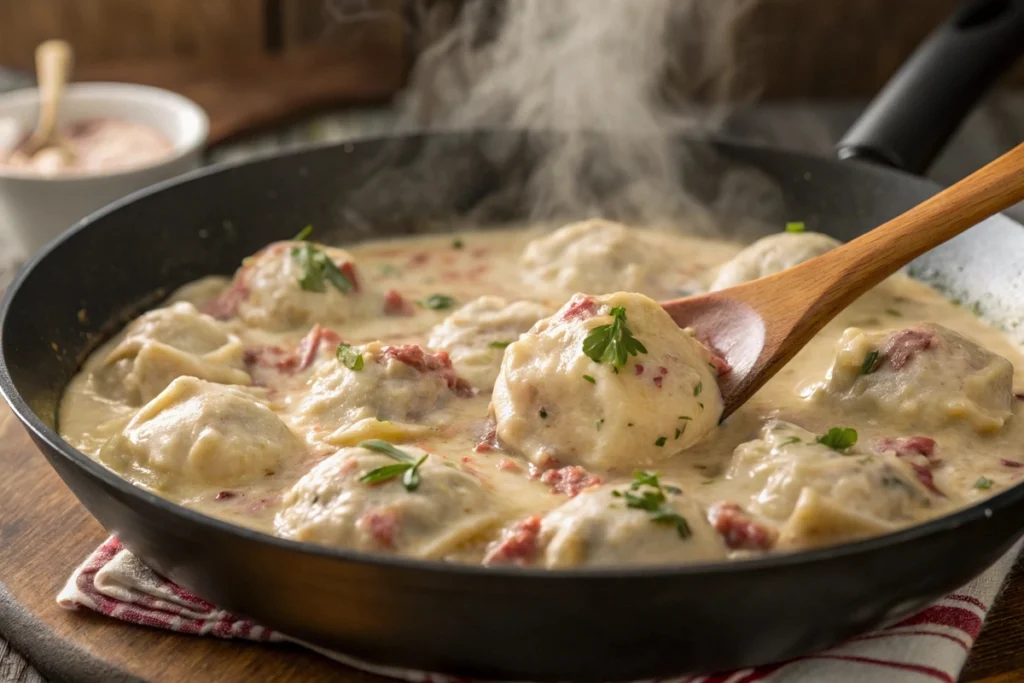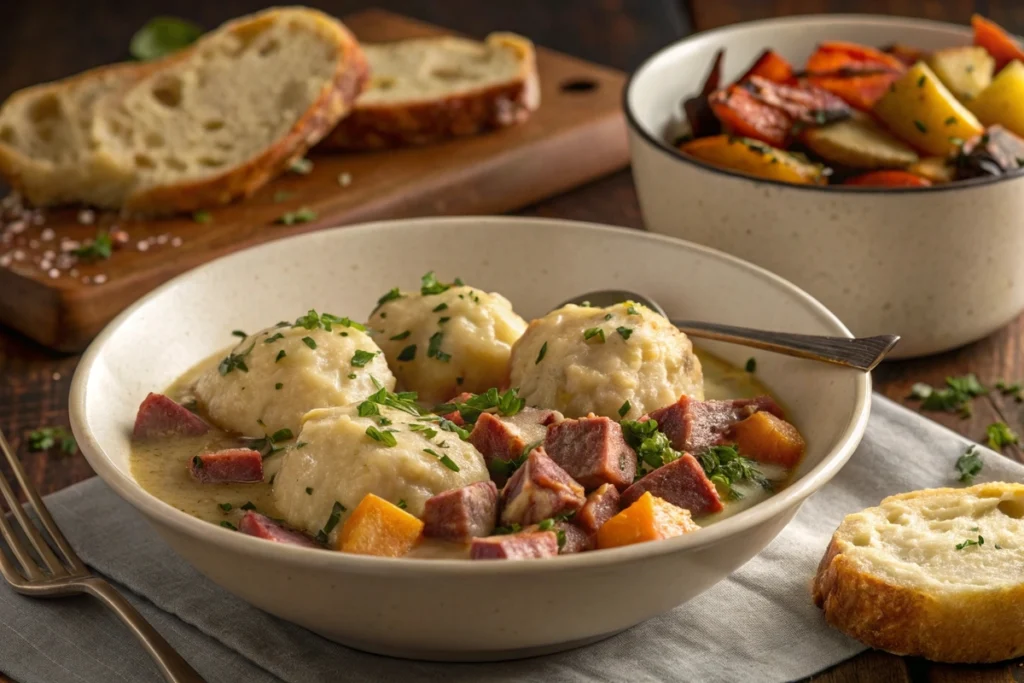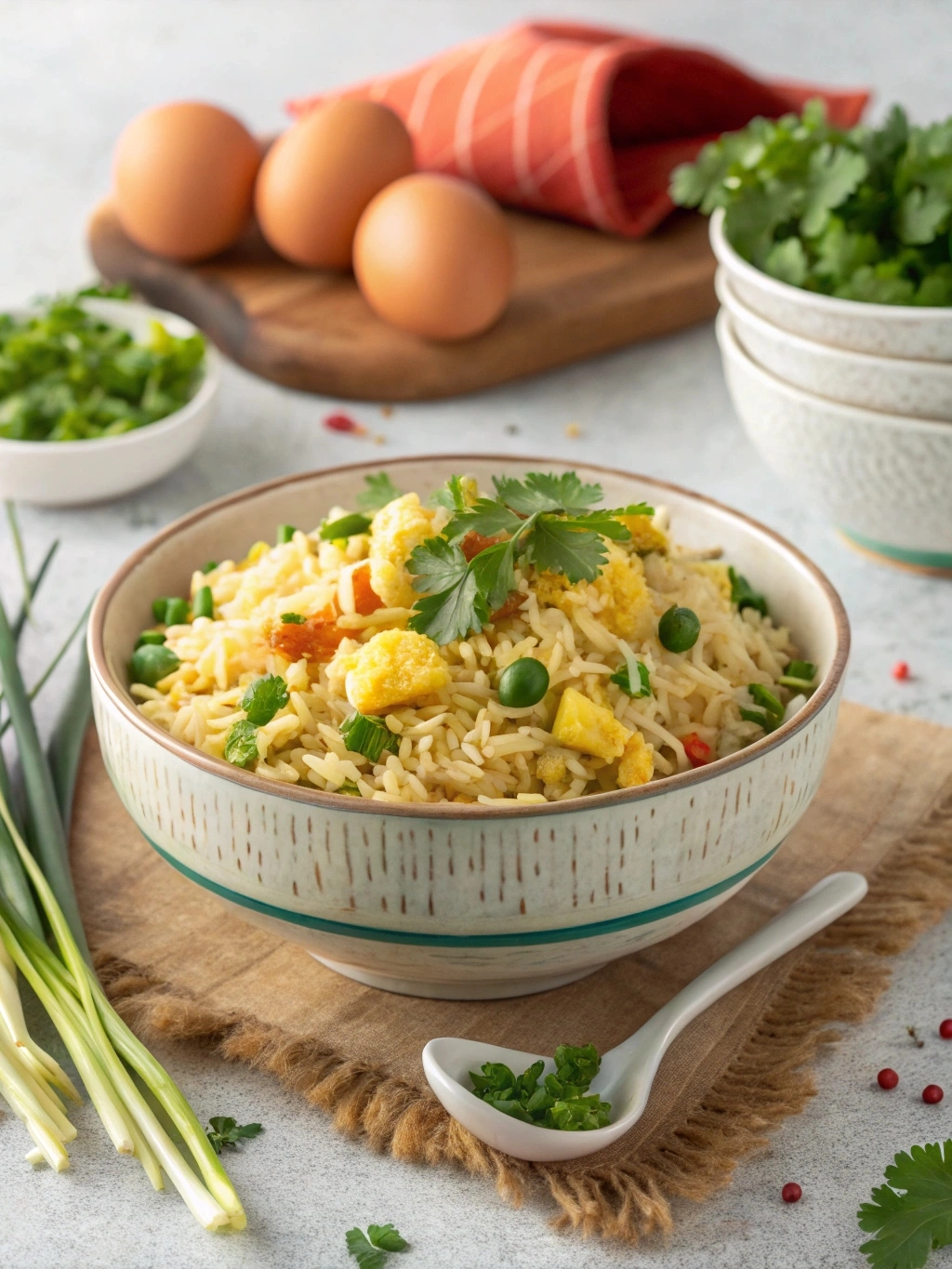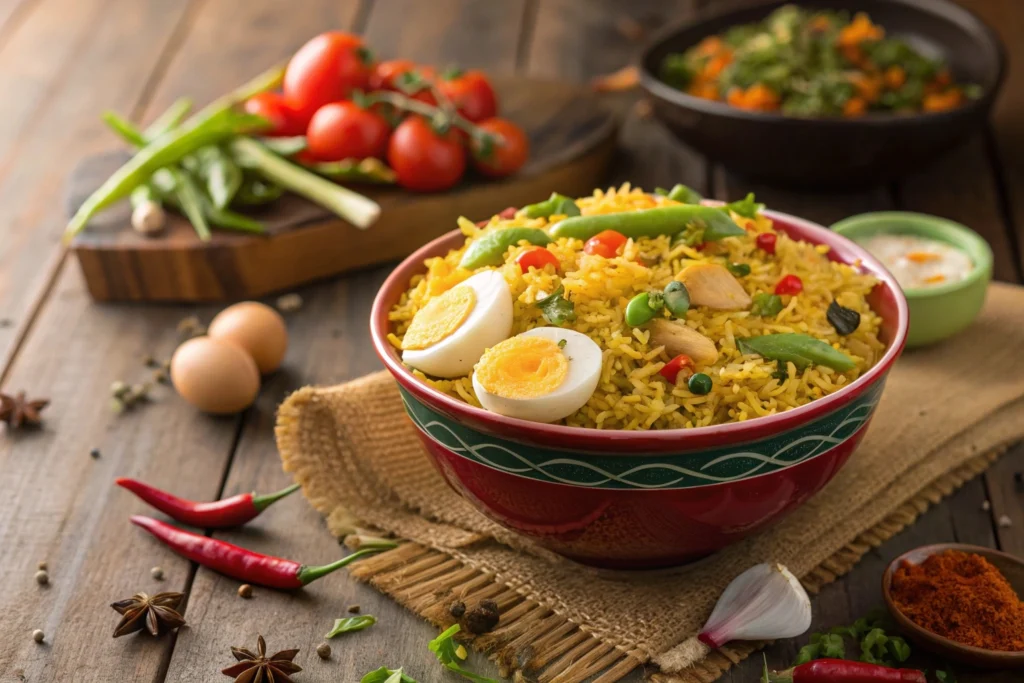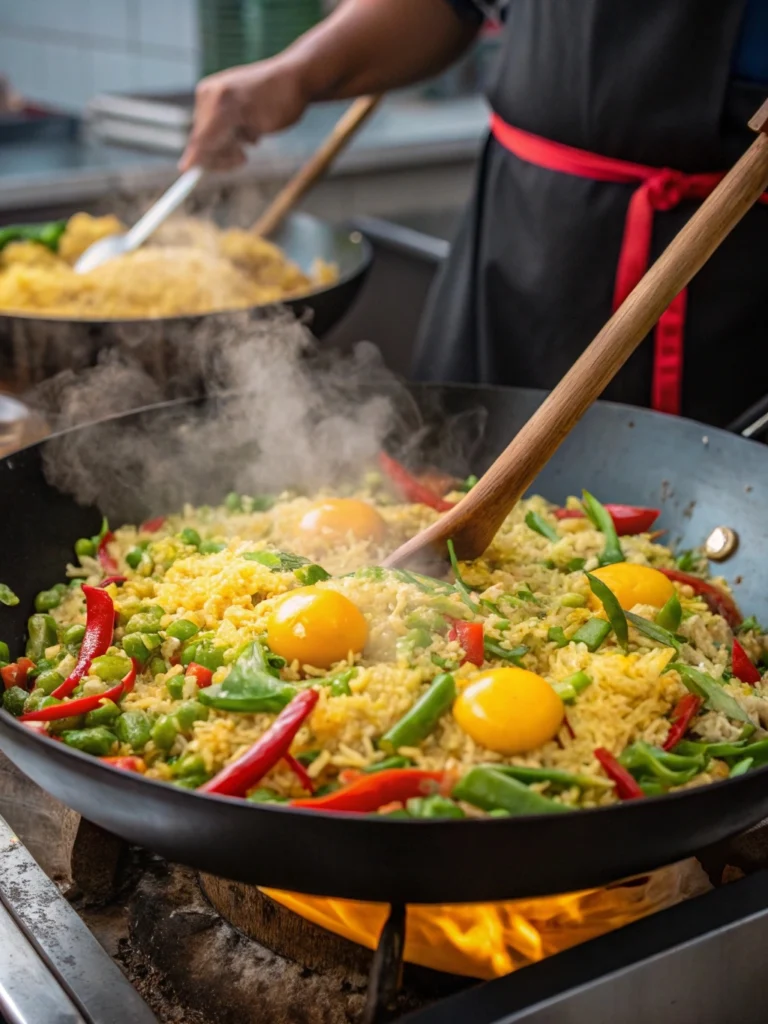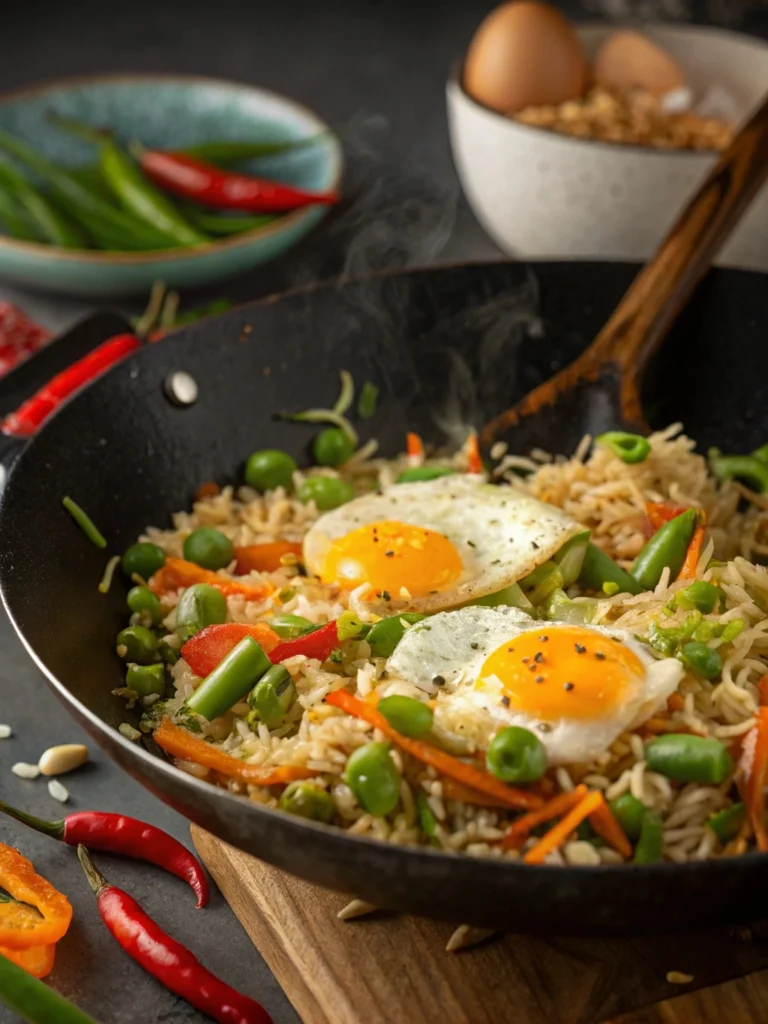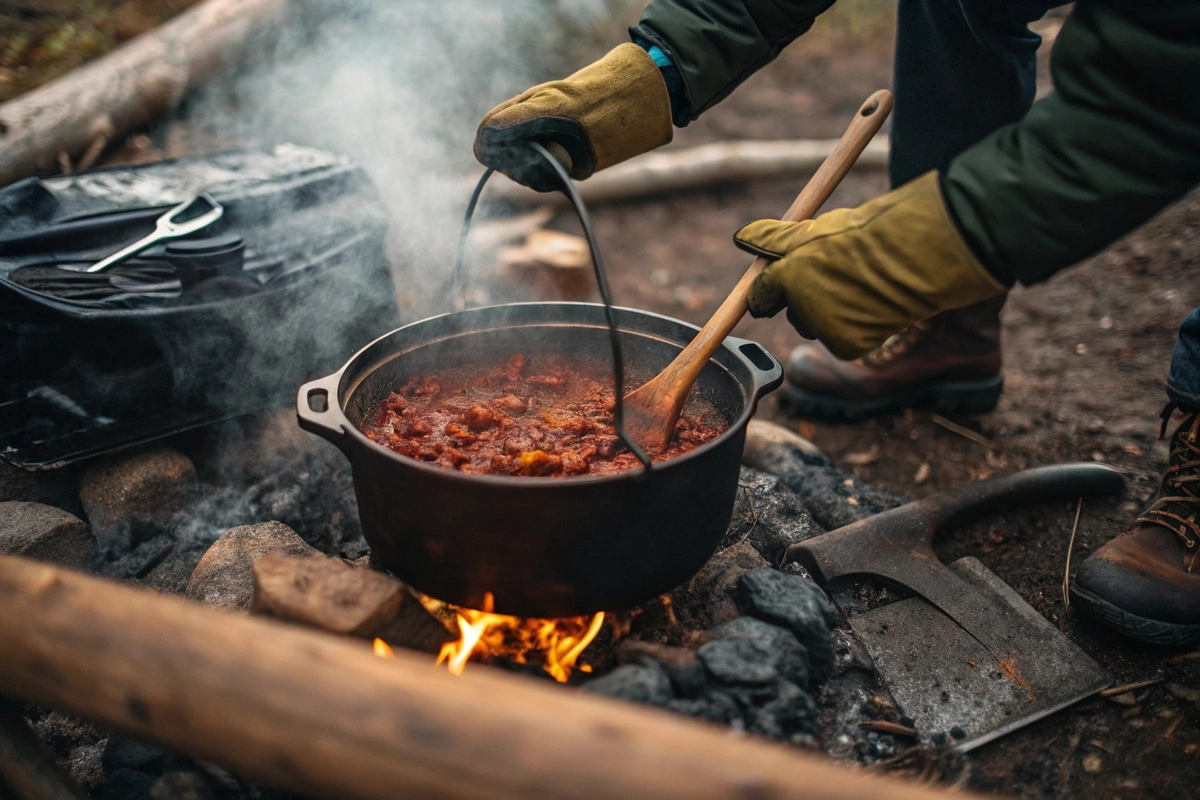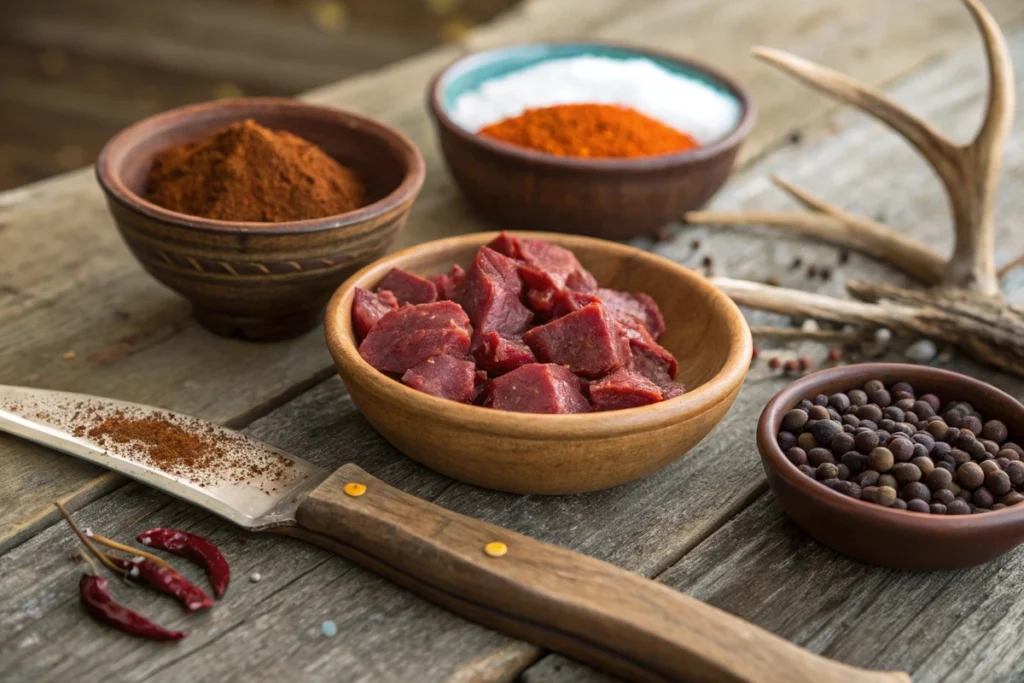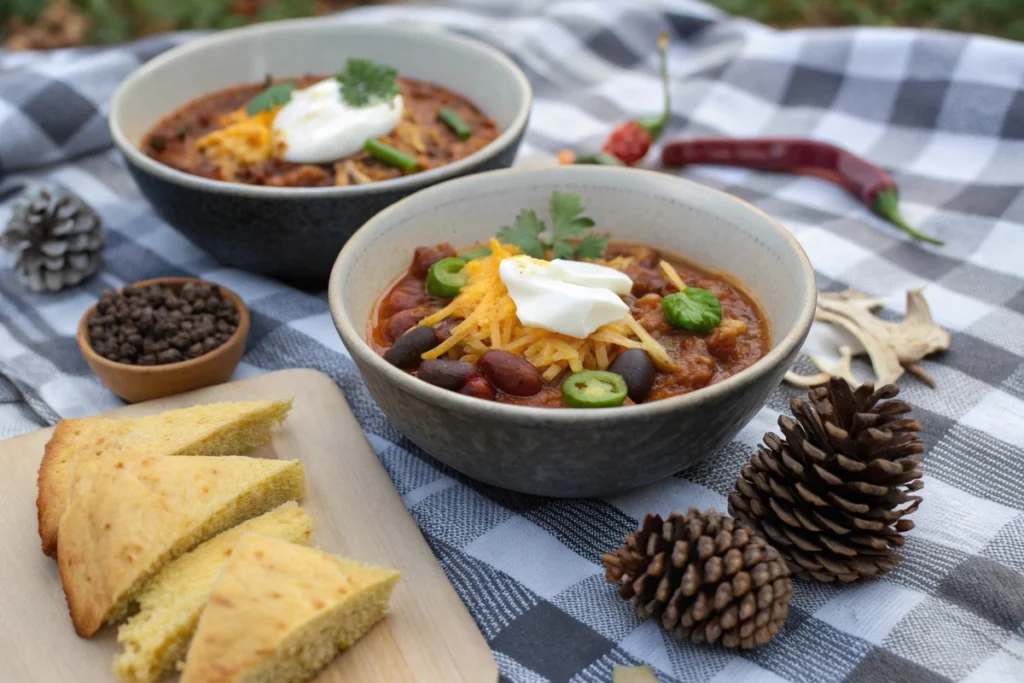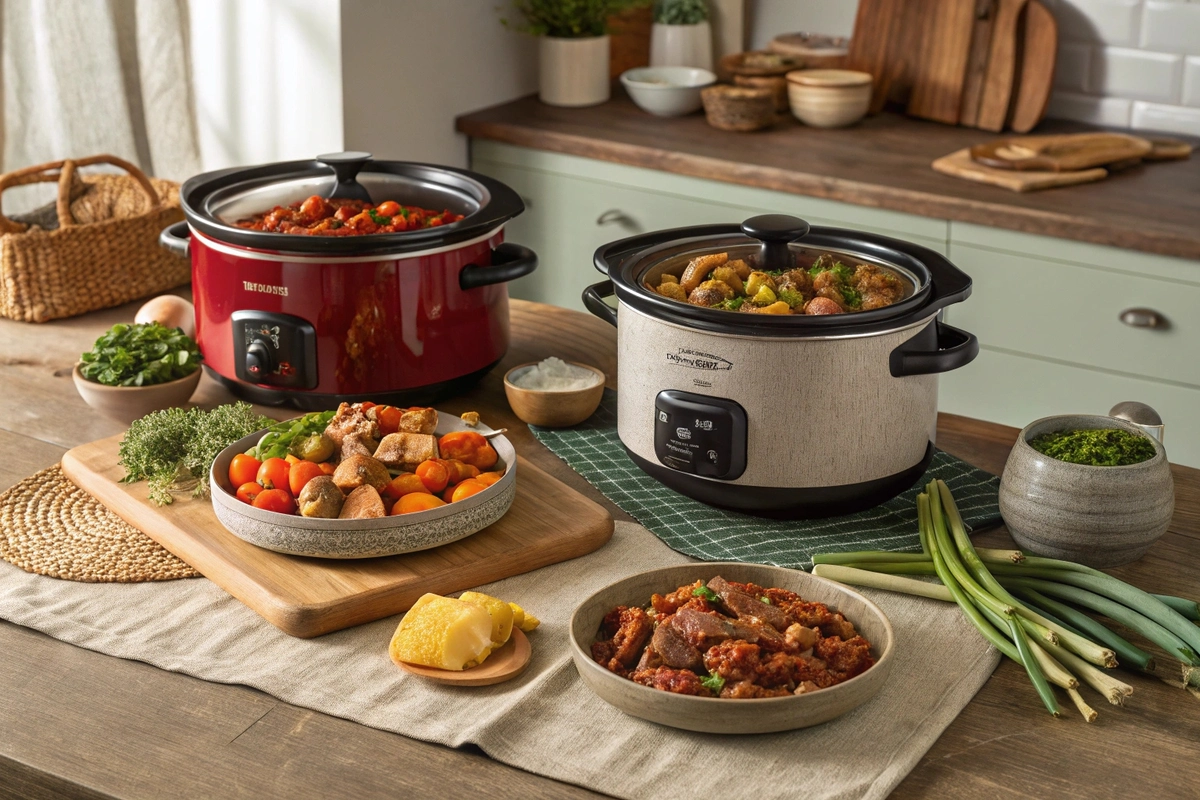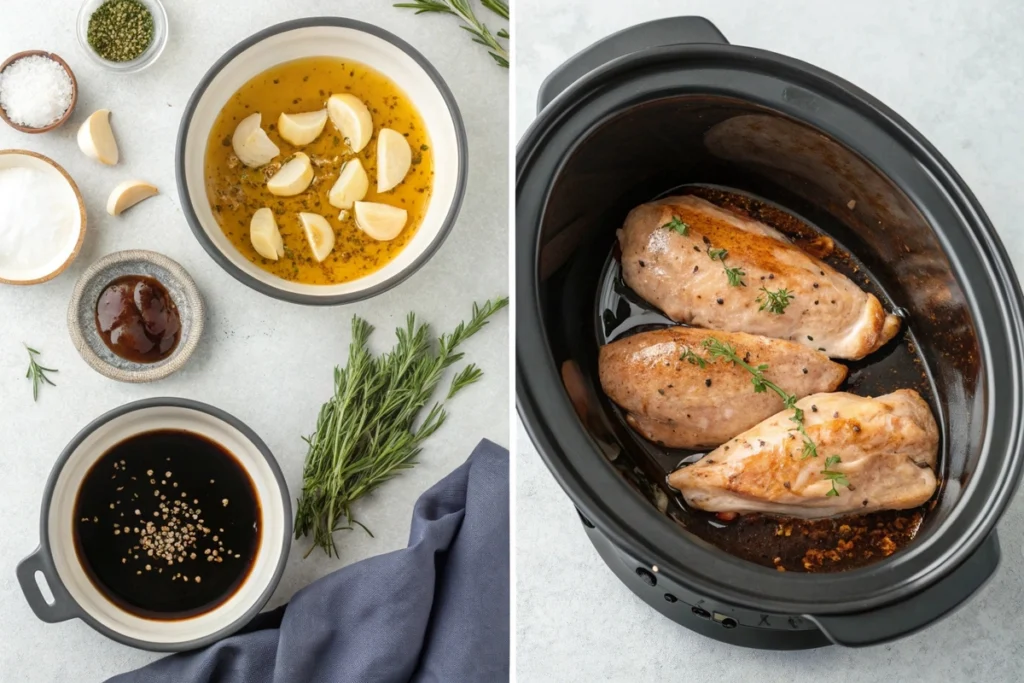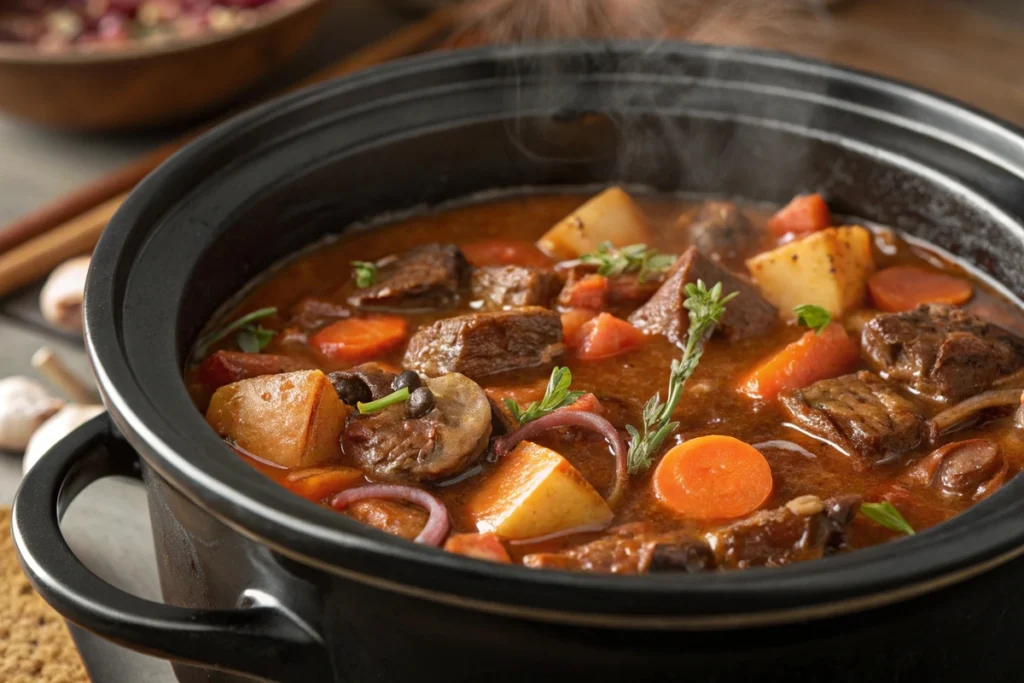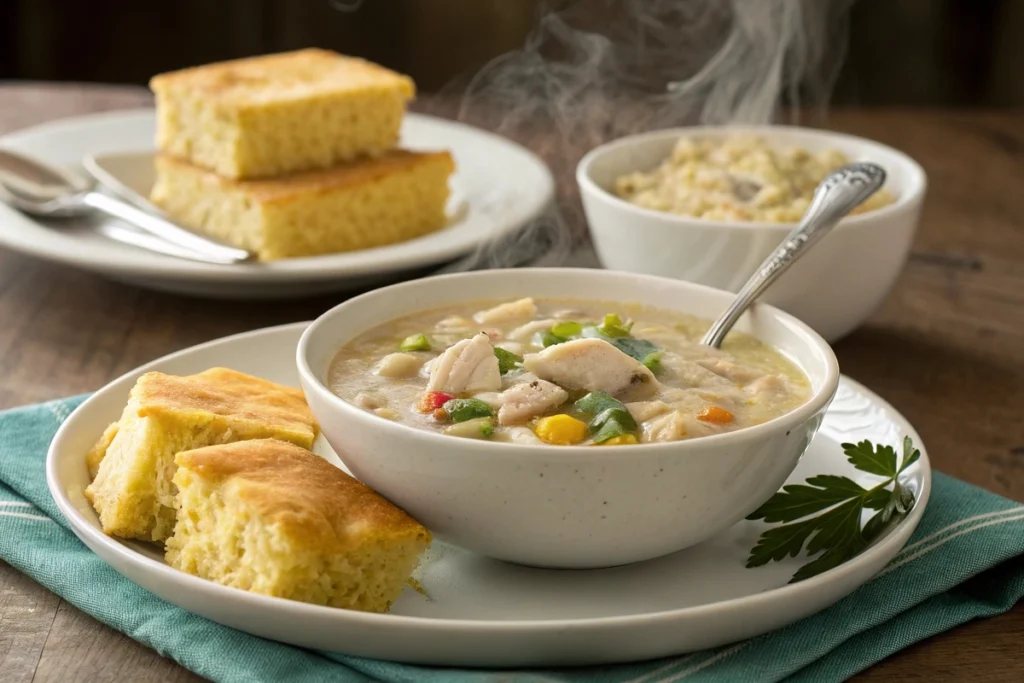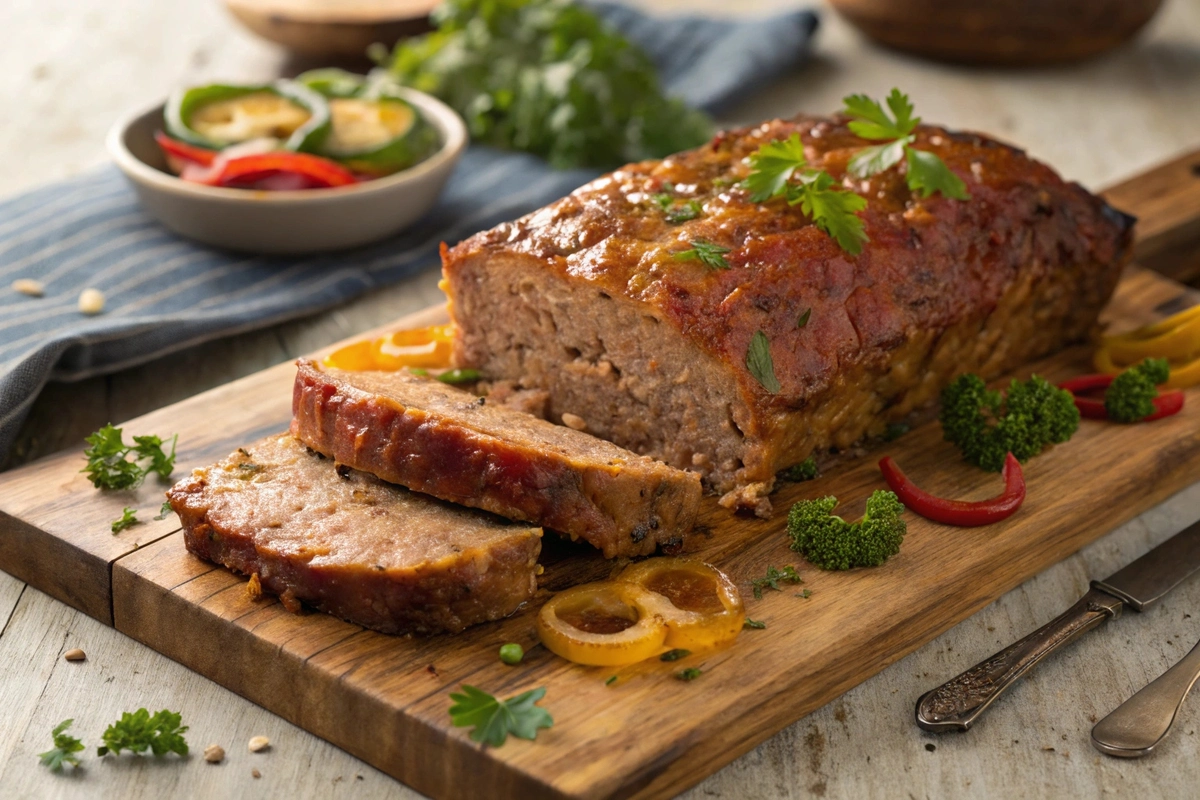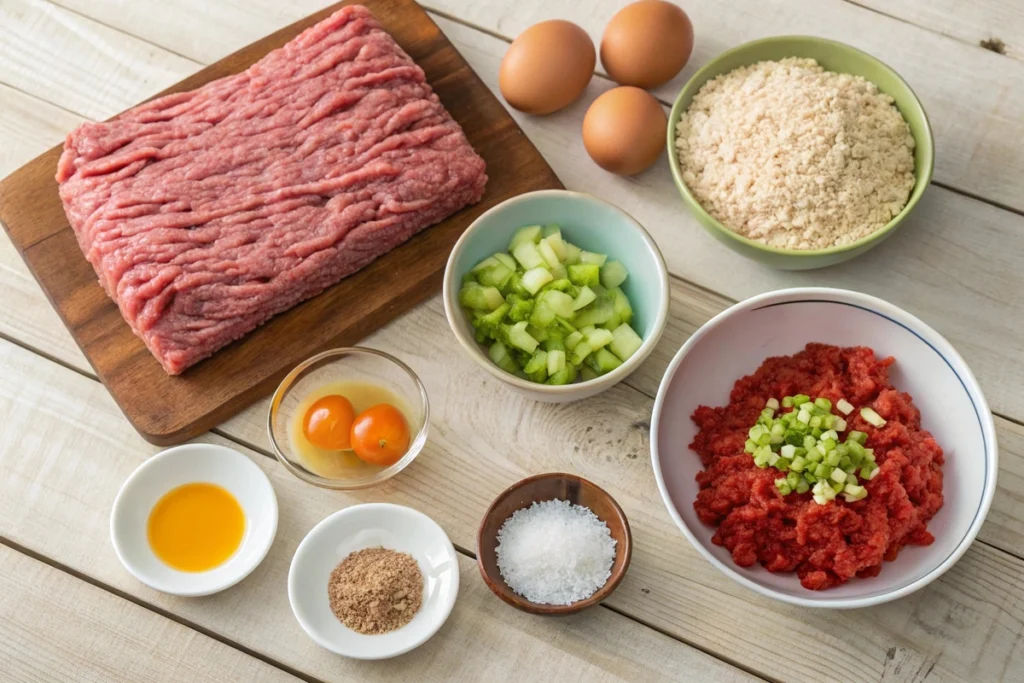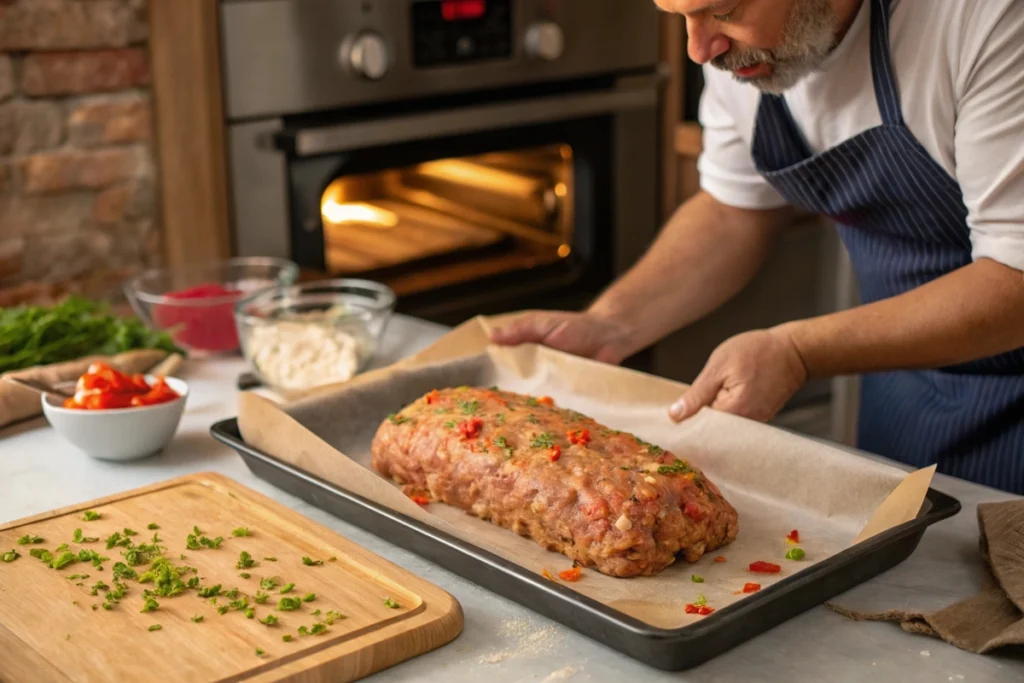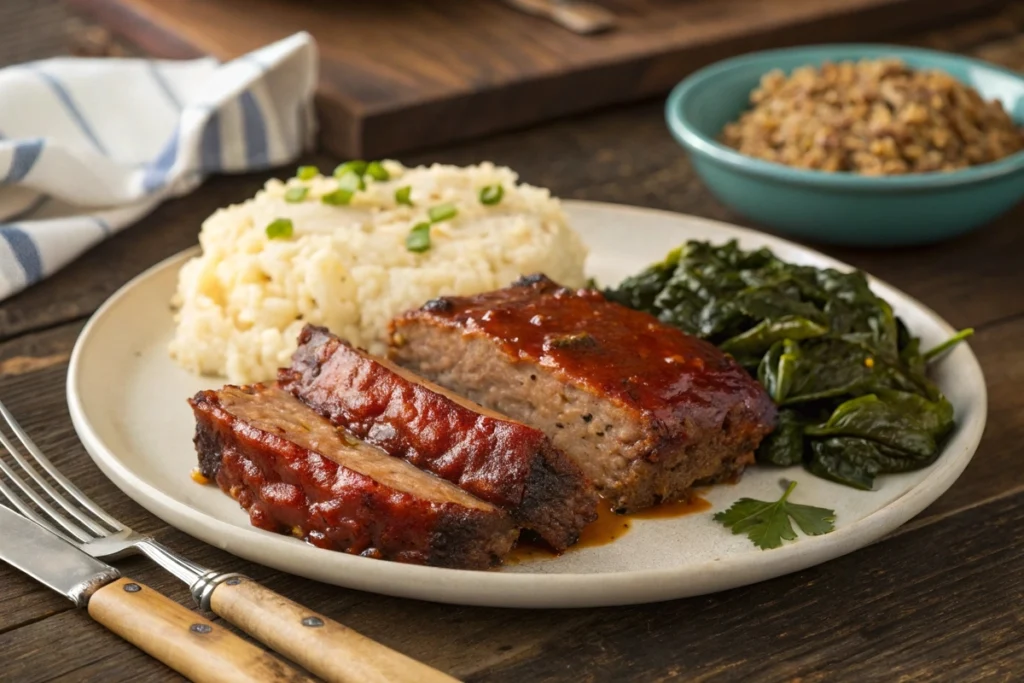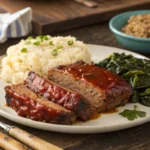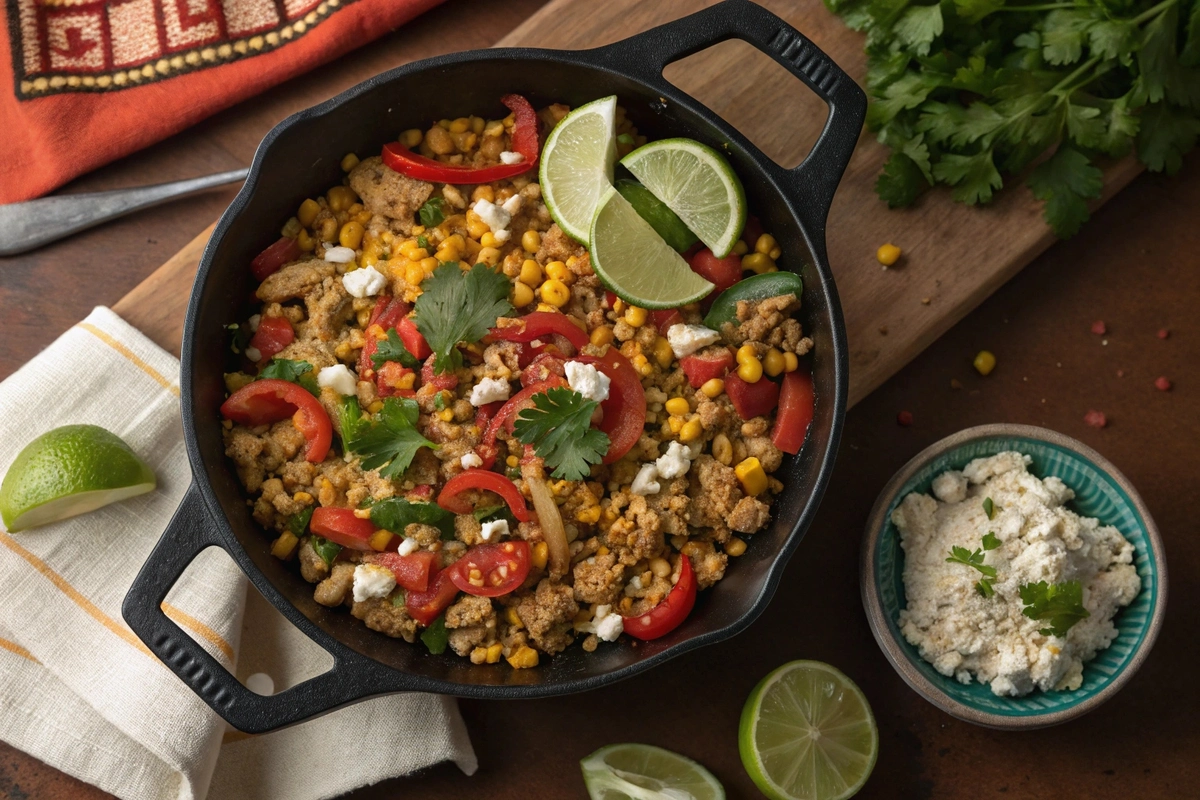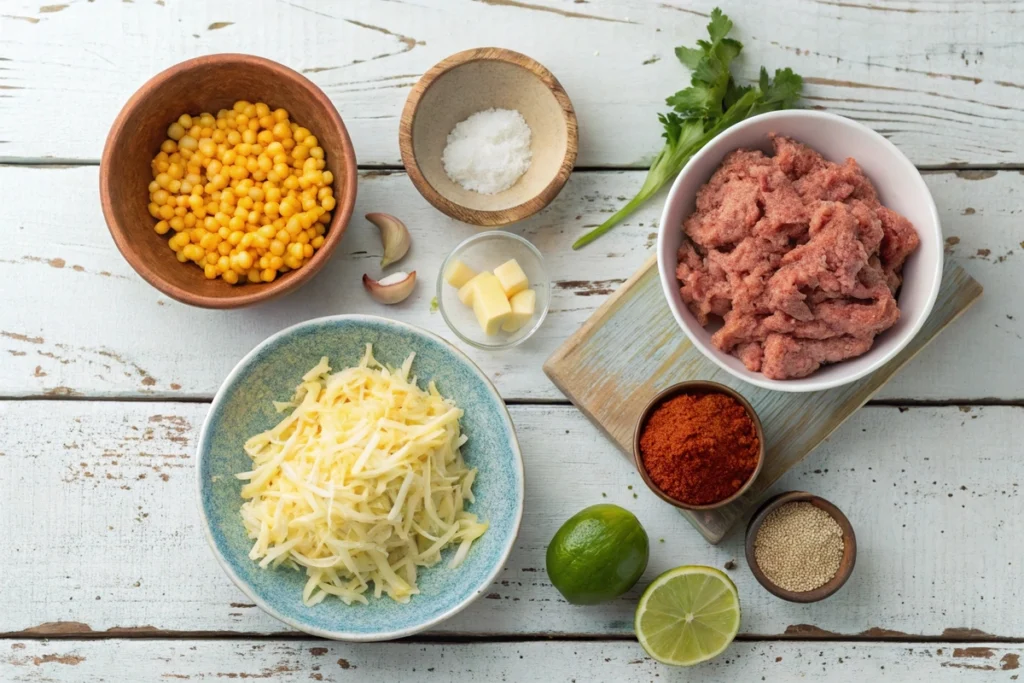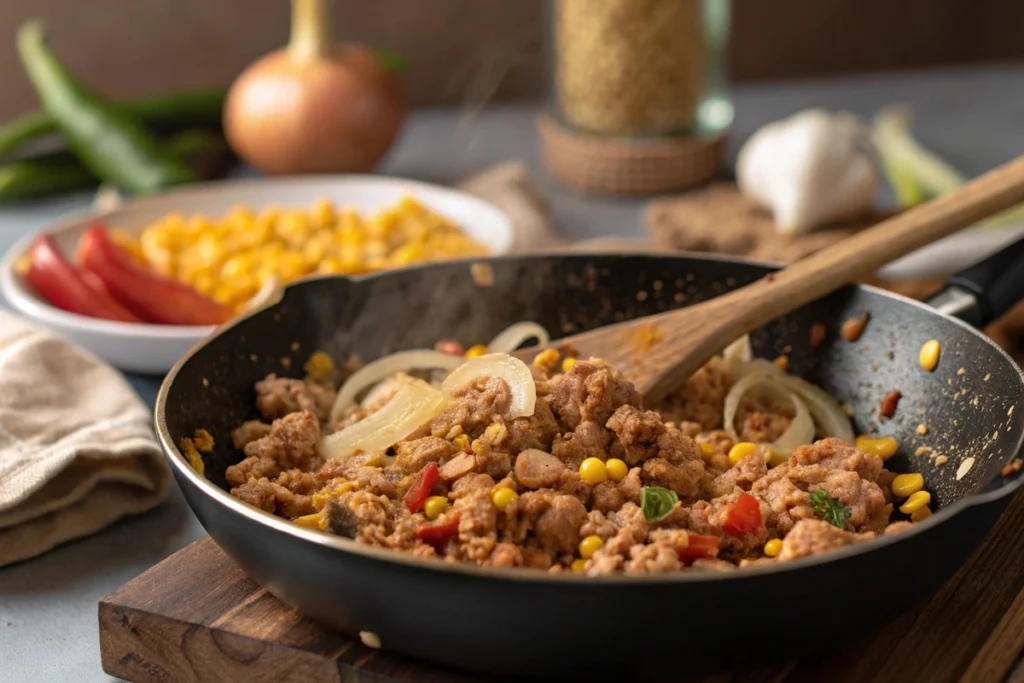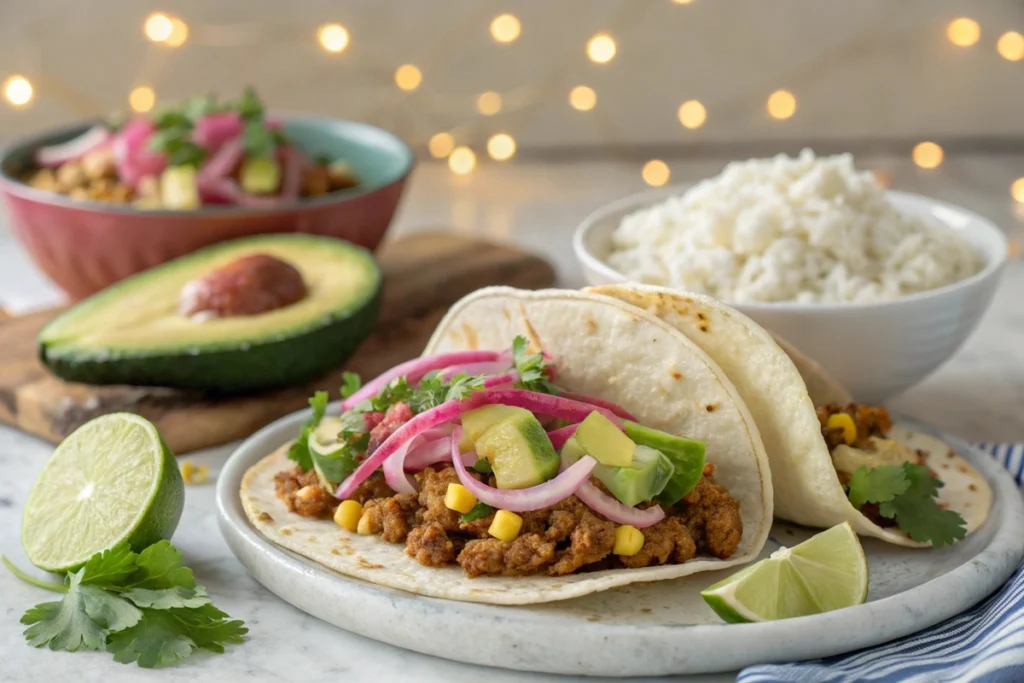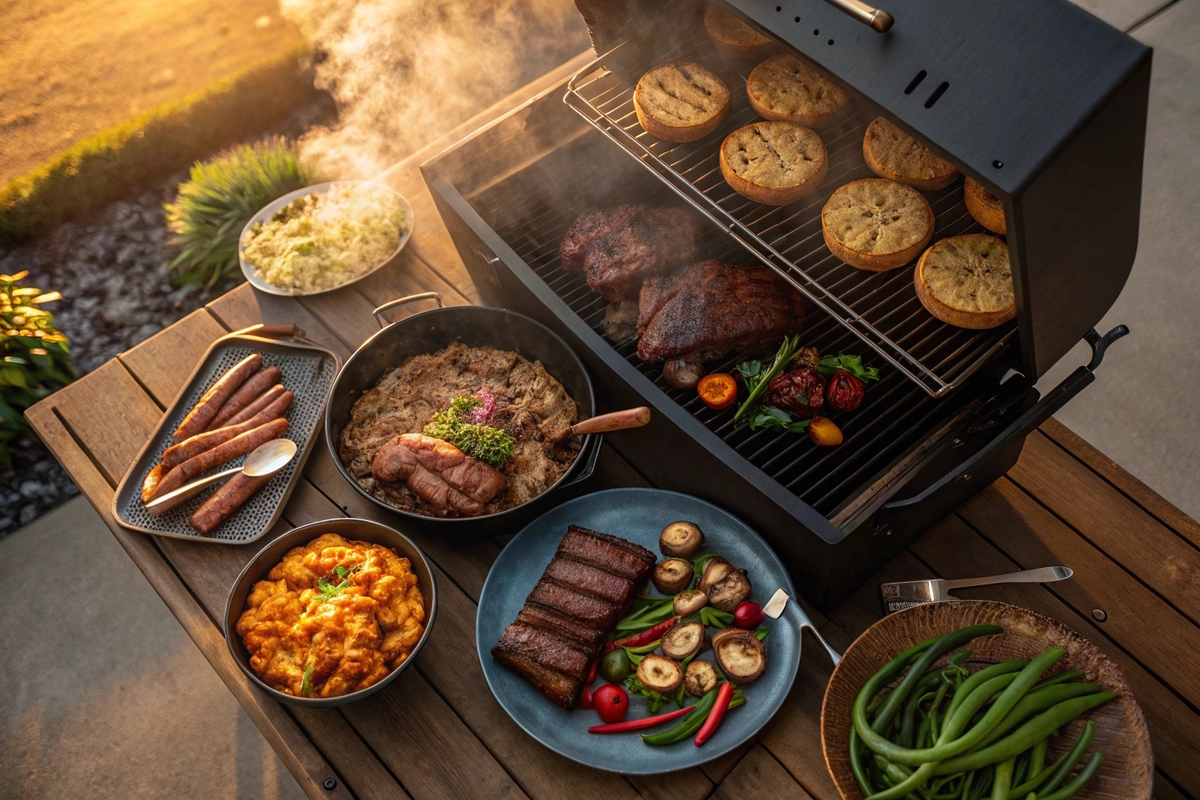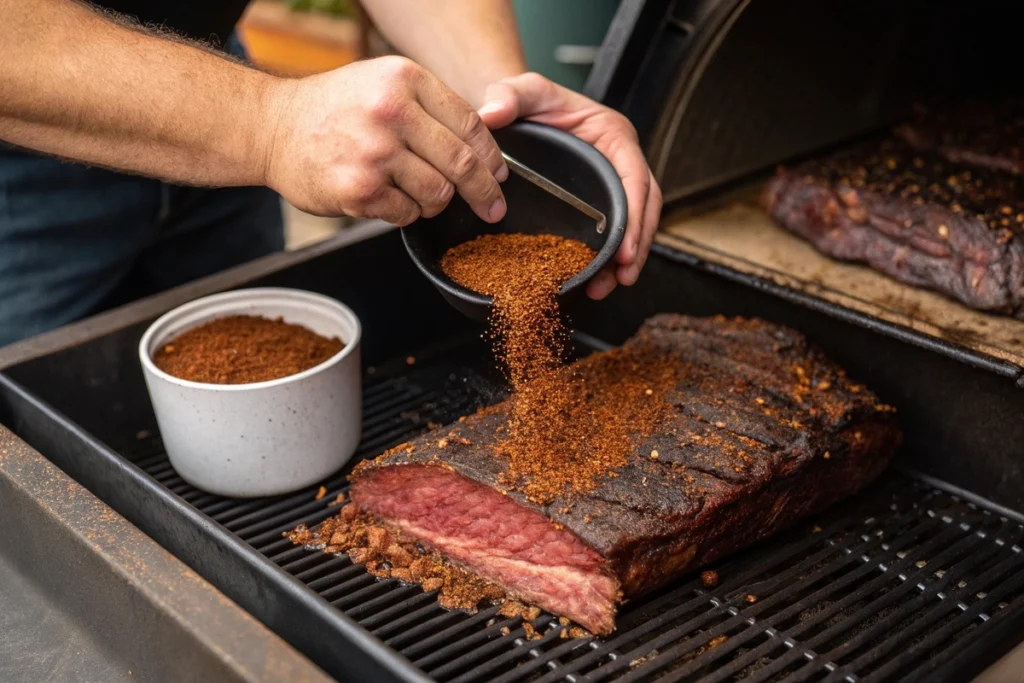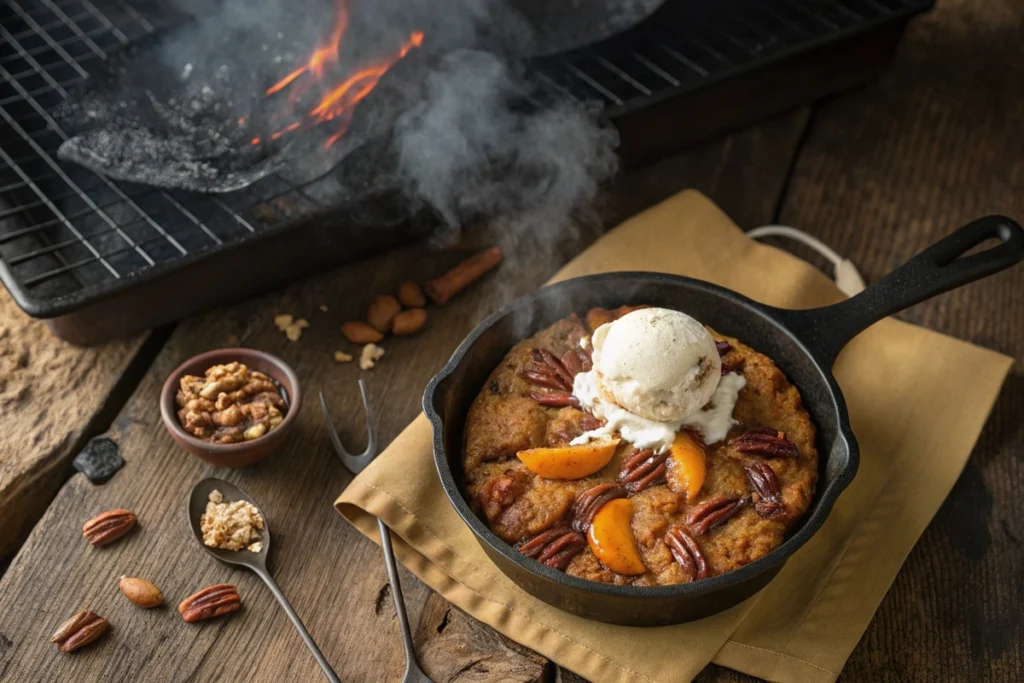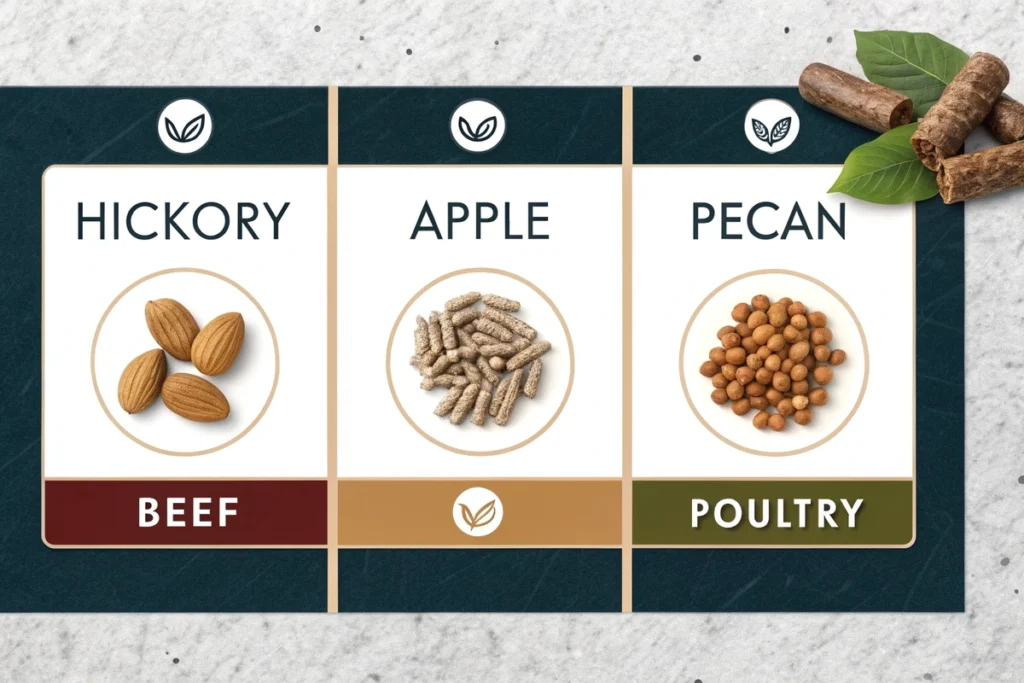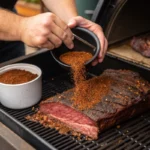If you’re looking to wow your taste buds, try our french onion chicken and rice recipe. This scrumptious, one-pot marvel blends savory onions, juicy chicken, and hearty rice into a satisfying meal simply perfect for any day. Moreover, it’s a quick fix for busy schedules that truly impresses!
Table of Contents
Introduction and Essential Ingredients
Discovering the Allure of a One-Pot Meal
One-pot meals are a real game changer, especially when you need a dish that’s quick and comforting. With our french onion chicken and rice recipe, you get tender chicken, sweet caramelized onions, and soft rice all in one pan. First, you enjoy the ease of cleanup; next, you relish the rich layers of flavor. Moreover, this one-pot marvel adapts well to various tweaks, making it ideal for busy weeknights or relaxed family dinners.
Unveiling the Star Components
When preparing a french onion chicken and rice recipe, every ingredient shines in its own way. First, sear the chicken to lock in its juices, then slowly caramelize the onions to create a deep, sweet base. Additionally, choose the right rice fluffy grains absorb flavors wonderfully. Furthermore, simple additions like garlic and herbs enhance the dish, turning a basic meal into a comforting, one-pan dinner.
The Role of French Onion Chicken and Rice Recipe in Your Dinner Routine
You’ll soon find that a french onion chicken and rice recipe can easily become a staple in your dinner rotation. It’s not only hearty but also a breeze to prepare, saving you time without skimping on taste. Moreover, its comforting nature makes it perfect for cool evenings or whenever you crave a home-cooked meal. In addition, its versatility lets you mix in extra veggies or spices. So, whether you’re planning a quick weeknight dinner or a family feast, this dish is sure to delight your taste buds.
Sourcing and Preparing Quality Ingredients
To craft the best french onion chicken and rice recipe, start with fresh, quality ingredients. First, choose chicken that’s fresh and firm onions that promise great flavor. Next, pick a type of rice that suits your texture preference white or brown, both work nicely. Additionally, use simple herbs like thyme and rosemary for a gentle, savory lift. In short, spending a bit more time on your ingredients ensures every bite is bursting with flavor.
Step-by-Step Cooking Guide
Crafting a Flavorful Foundation with Caramelized Onions
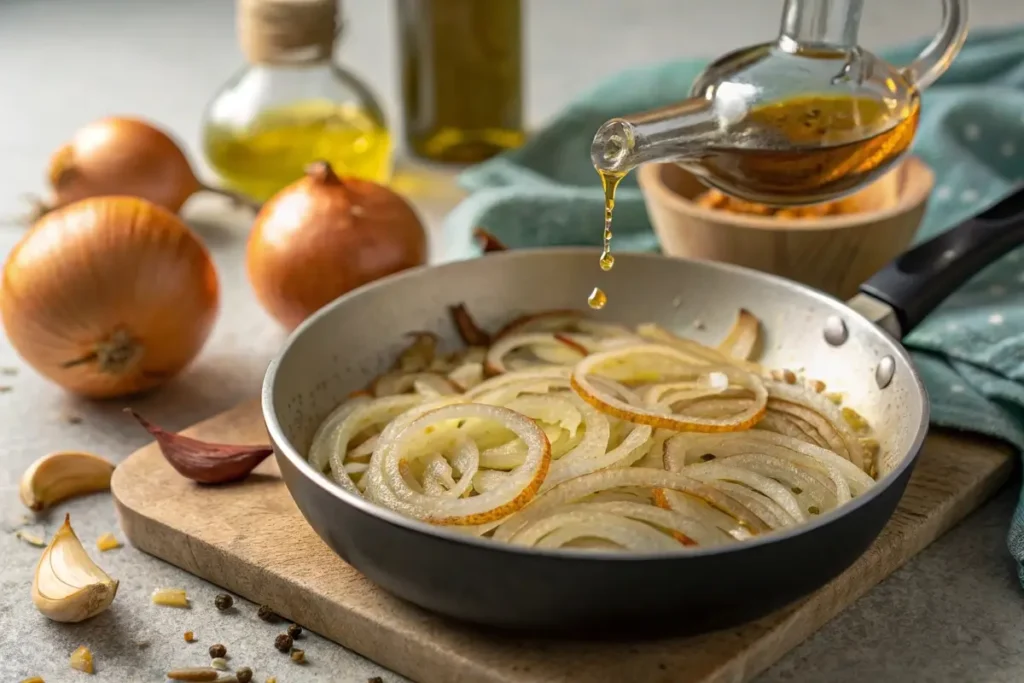
In our french onion chicken and rice recipe, caramelized onions set the stage for a rich flavor profile. First, slice your onions thinly and sauté them in a bit of olive oil over medium heat. As they slowly turn golden, you’ll notice their natural sweetness emerge, which, in turn, enhances the overall taste. Moreover, this process lays a perfect base for this one-pot meal recipe.
Browning the Chicken for Maximum Juiciness
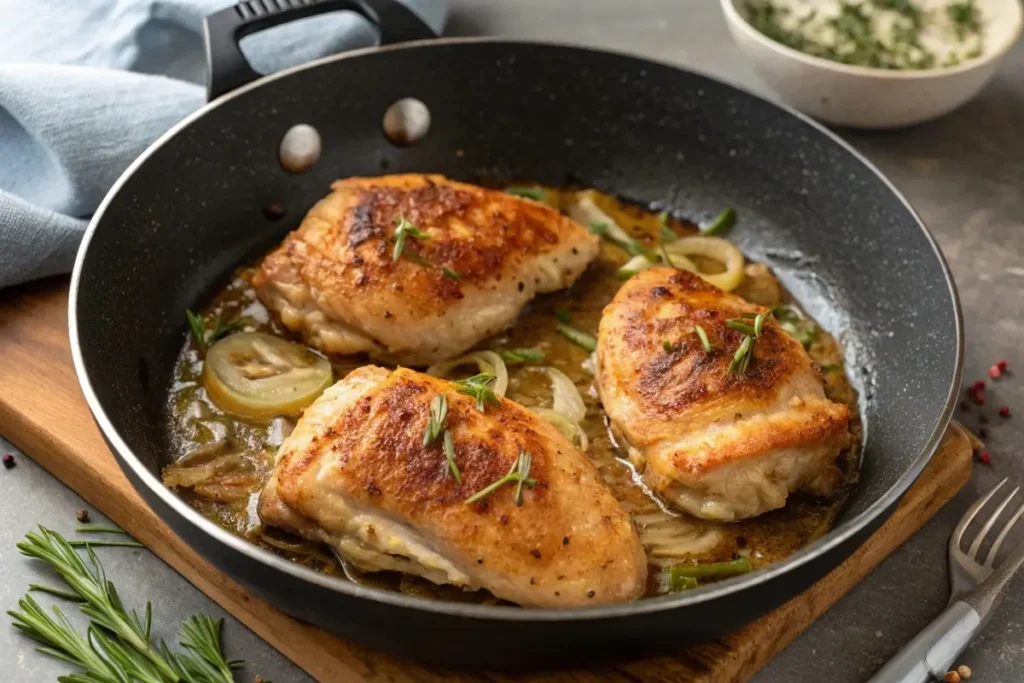
Next, browning the chicken is key to locking in its natural juices and creating a savory crust. In our french onion chicken and rice recipe, pat your chicken dry and sear it in a hot pan until each side turns a lovely golden brown.
Integrating Rice and Aromatic Enhancers in a Single Pot
Then, incorporate the rice along with aromatic enhancers like garlic, thyme, and rosemary to enrich your dish. In our french onion chicken and rice recipe, mix the rice gently so that it soaks up the juices from both the chicken and caramelized onions. Additionally, add the right amount of broth to create a cohesive, hearty chicken and rice skillet.
Simmering to Perfection and Final Flavor Adjustments
Finally, allow the dish to simmer so that all the ingredients meld together beautifully. In our french onion chicken and rice recipe, this simmering stage is crucial; it helps all the flavors to blend seamlessly. Moreover, as the dish simmers, taste and adjust the seasoning with salt, pepper, or extra herbs.
Creative Twists and Customization Tips
Adding Seasonal Vegetables for Vibrant Variety
When you prepare the french onion chicken and rice recipe, adding seasonal vegetables can brighten up your dish. First, try tossing in diced bell peppers, zucchini, or even spinach to boost both color and nutrition.
Experimenting with Herbs, Spices, and Gourmet Accents
Next, you can experiment with herbs and spices to give your french onion chicken and rice recipe a unique twist. For example, a pinch of smoked paprika can enhance the flavors subtly. Additionally, a sprinkle of fresh basil or oregano can introduce a new layer of aroma, making this one-pot meal both comforting and exciting.
Elevating Texture with Crunchy and Creamy Elements
Furthermore, elevating the texture of your dish can make it even more appealing. For instance, consider garnishing your french onion chicken and rice recipe with a handful of toasted almonds or a dollop of sour cream. These additions create a pleasing contrast between crunchy and creamy, enriching the overall experience of this hearty chicken and rice dinner.
Adjusting Techniques for Different Cooking Appliances
Lastly, you may want to adjust your cooking techniques depending on your kitchen tools. Whether you’re using an Instant Pot, a slow cooker, or a traditional oven, your french onion chicken and rice recipe adapts well. For example, slow cooking over low heat allows the flavors to deepen, whereas pressure cooking saves time while still delivering a delicious meal.
Serving, Presentation, and Nutritional Insights
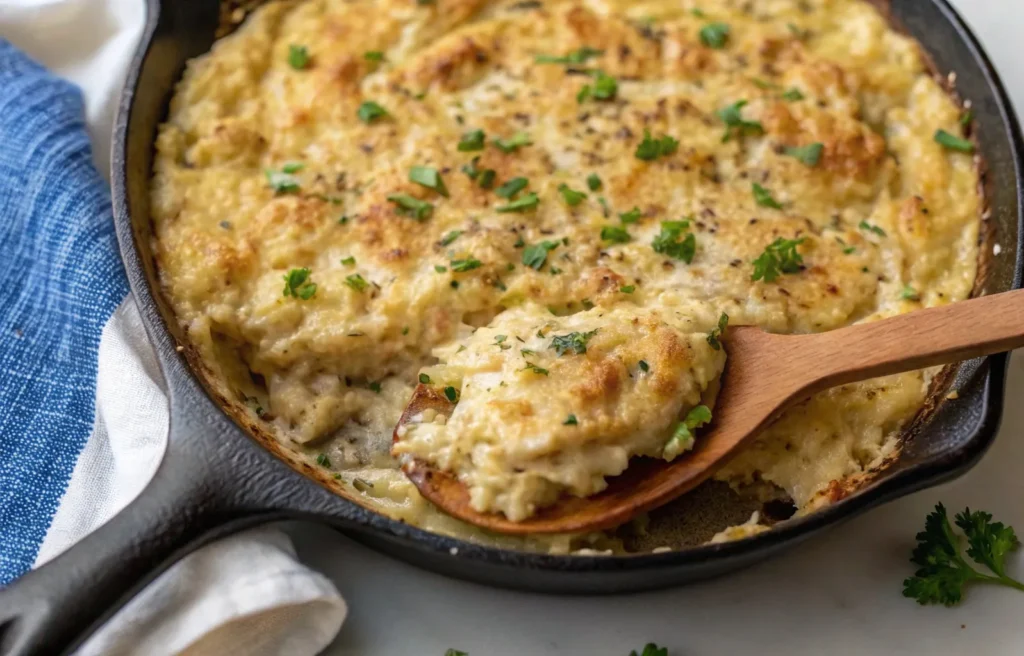
Inspiring Plating Ideas for a Home-Cooked Masterpiece
Once your french onion chicken and rice recipe is ready, presentation becomes key. First, use a wide, shallow bowl to display the vibrant colors of your dish. Moreover, garnish with a sprinkle of fresh parsley or thyme to add a pop of green. Additionally, arrange the chicken and rice neatly, so every bite looks as delightful as it tastes. In short, a creative plate not only enhances appeal but also elevates your dining experience.
Pairing the Dish with Complementary Sides
Next, consider pairing your french onion chicken and rice recipe with sides that boost its flavor. For instance, a crisp green salad or a side of roasted vegetables works wonderfully. Furthermore, a slice of crusty bread can be perfect for soaking up the delicious juices. Also, you might try a light soup or a tangy coleslaw to add contrast. In essence, the right sides can transform a simple meal into a complete and satisfying dinner.
Unpacking the Nutritional Benefits of a One-Pot Meal
In addition, one-pot meals like this french onion chicken and rice recipe offer balanced nutrition. First, the lean chicken provides protein, while the rice delivers wholesome carbohydrates. Moreover, the caramelized onions and added herbs pack vitamins and antioxidants. Consequently, you enjoy a dish that is not only hearty and flavorful but also supports a healthy diet. Therefore, you can feel good about serving this comforting meal to your family.
Best Practices for Leftover Storage and Reheating
Finally, proper storage ensures your french onion chicken and rice recipe stays fresh for later. First, let the dish cool, then transfer it into an airtight container. Additionally, when reheating, use a low heat setting to maintain its texture and flavor. Furthermore, consider adding a splash of broth or water to revive the dish if it seems dry. In summary, these steps will help you enjoy every bite, even as leftovers.
Frequently Asked Questions (FAQs)
What are the 4 ingredients in French onion chicken?
In a classic french onion chicken and rice recipe, the four essential ingredients typically include tender chicken, sweetly caramelized onions, a rich broth, and a blend of savory herbs. These elements work together to create a dish full of depth and comforting flavor.
What can I add to chicken and rice for flavor?
To enhance your french onion chicken and rice recipe, you can add garlic, fresh herbs like thyme or rosemary, and even a splash of white wine. Moreover, including vegetables such as bell peppers, mushrooms, or carrots introduces extra texture and brightness to the dish.
What to serve with French onion chicken?
When serving your french onion chicken and rice recipe, consider pairing it with a crisp green salad, crusty bread, or steamed vegetables. Additionally, a light soup or tangy coleslaw can provide a delightful contrast that elevates the overall meal experience.
Why do French people eat French onion soup?
French onion soup is a cherished tradition in France, celebrated for its deep, caramelized flavors and comforting warmth. The soup’s rich taste, enhanced with melted cheese and croutons, reflects a cultural love for robust, home-style dishes—a passion that also inspires the flavors found in a french onion chicken and rice recipe.
Conclusion
Your french onion chicken and rice recipe combines tender chicken, sweet onions, and hearty rice into one delightful, one-pot meal. By following these easy steps and tips, you can create a satisfying dinner that bursts with flavor and warmth. Enjoy every bite, and feel free to experiment to make the dish uniquely yours!
Print
French Onion Chicken and Rice Recipe
- Total Time: 45 minutes
- Yield: 4–6 servings 1x
Ingredients
- 2 lbs chicken thighs or breasts, cut into pieces
- 2 large onions, thinly sliced
- 3 cloves garlic, minced
- 1.5 cups long-grain white rice (or brown rice)
- 3 cups chicken broth
- 2 tablespoons olive oil
- 1 tablespoon butter
- 2–3 sprigs fresh thyme (or 1 teaspoon dried thyme)
- 1 sprig fresh rosemary (or 1/2 teaspoon dried rosemary)
- Salt, to taste
- Black pepper, to taste
- 1/4 cup white wine (optional)
- 1 bell pepper, diced (optional) or a handful of spinach
- Fresh parsley, chopped (for garnish)
Instructions
- Preheat a large pot or Dutch oven over medium heat.
- Add olive oil and butter; then add the sliced onions.
- Sauté the onions until they turn golden and caramelized, about 10 minutes.
- Stir in the minced garlic and cook for an additional minute.
- Season the chicken pieces with salt and pepper, then add them to the pot.
- Brown the chicken on all sides until golden and slightly crispy.
- If using white wine, pour it in to deglaze the pan, scraping up the browned bits.
- Stir in the rice, ensuring it is evenly coated with the onion mixture.
- Pour in the chicken broth, add thyme and rosemary, and bring to a simmer.
- Cover the pot, reduce the heat, and cook for 25-30 minutes until the rice is tender and the chicken is fully cooked.
- If adding vegetables like bell peppers or spinach, stir them in 5 minutes before the end of cooking.
- Taste and adjust seasoning as needed.
- Garnish with fresh parsley before serving.


